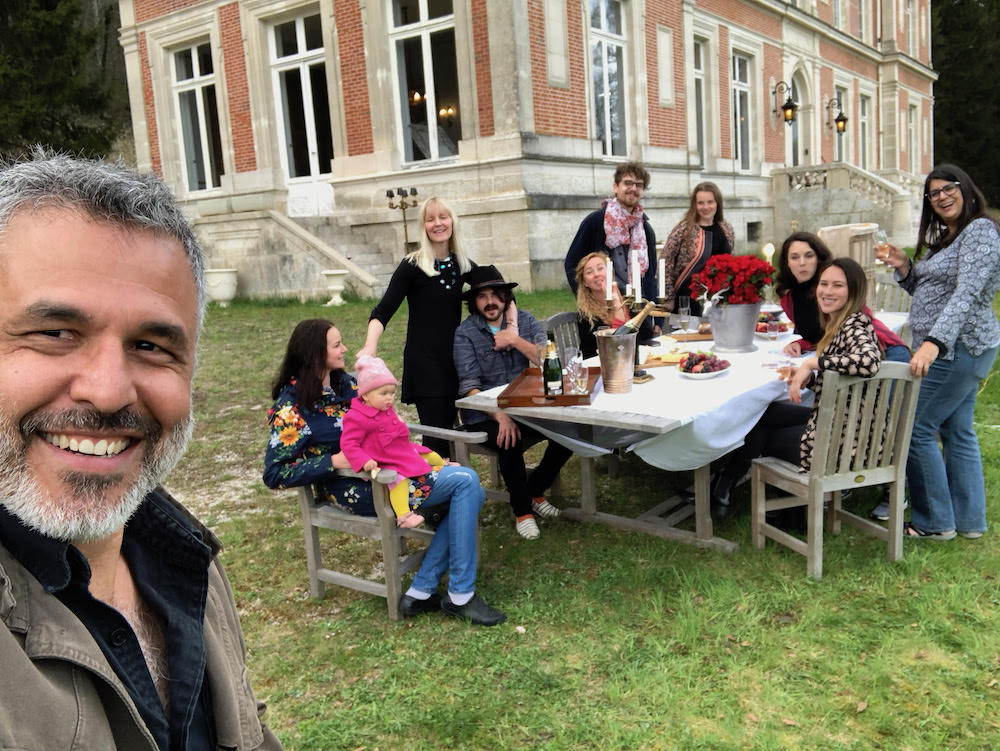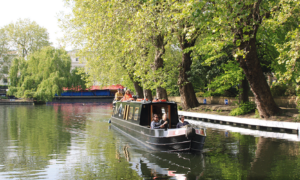(Editor’s note: If you need help finding that dream castle in France, Alice Verberne is available for consultations and advice at [email protected]. Also, the first version of this post misspelled Ziggy Attias.)
If you dig into the French housing market, you may be surprised to find that a three-bedroom home in Luxembourg or even Napa Valley can cost more than a castle in France.
There is a reason for that.
The most recent economic outlook from the Organisation for Economic Co-operation and Development shows that France is still struggling with unemployment and taxation issues. The republic also experienced setbacks from the Yellow Vests movement and various ongoing strikes.
Buyers are heading to La Belle France to take advantage of the economic lag and snatch up property deals. The Financial Times confirms the findings, citing that second-hand homes in France continue to be low.
The result is a good crop of well-priced real estate, including châteaux, for the discerning buyer. It is not unheard of to get a deal on a section of a castle for about $80,000 to $100,000. But, before sinking money into an estate, FT suggests you ask yourself this big question: “Is it really going to cost what you think it is going to cost?”
Bigger might not always be better
Keep in mind the amount of work involved in running a large household. After all, the King of France had a huge staff to manage his castle in France. Château owners say that to maintain their estates they generally spend somewhere between 10,000 euros and 30,000 euros or more each year. But then there are those entrepreneurs who know how to flip situations so they work to their advantage.
In my area of Bourmont, two Americans own castles within a 20-minute drive of my place. Both have different ways of handling their investment.
One solution
The first person bought a 10th-century medieval castle, complete with battlements and a curtain wall dominating the top of the hill with a magnificent view of the countryside.
Here is the novel solution to upkeep:
He had the option of buying just a section of it. The rest of the château forte is divided into four separate parts; one buyer got the tower and garrison, another got the donjon and gatehouse and so on.
This setup reduced the workload and expense to one-fifth of the cost since each of the five owners contributes to the upkeep of the ramparts, courtyard and other common areas.
Another solution
The second proprietor inherited a château from his father. It has a massive wine cellar, guardhouses, a lake with a boathouse and river with a hydroelectric system. He’s been working since 2015 to turn the property into a profitable business with paid staff to handle the upkeep.

He once told me:
I don’t want to have my father’s experience. He tried to do everything himself. With a project like this, you need help. Just cutting the grass takes about 17 hours. My father loved the château, but he worked on it all the time. and barely had the time to enjoy it and have a glass of Champagne.
These two owners came up with two very different approaches to maintain their estates, but both ended up with excellent results. So, if you think out of the box, you may find a solution that fits your specific talents and criteria as well.

A tale of two castles
To give you a better idea of how it plays out, let’s continue with the two castle owners.
The first owner (with the medieval castle) is a self-starter who likes to do things with his hands and speaks fluent French. He knows lots of local artisans and can haggle estimations with ease. He spends his summers fixing up his place while hanging out with the other residents hosting art exhibitions, concerts and theatrical events.
He goes back to the states in winter to take a break until the next season. Just before the season restarted last year, a thirty-foot high section of the exterior wall sheared off, falling into a massive pile of stones. Since he
is a building contractor, he was well prepared to handle the issue quickly and efficiently.
Ziggy Attias, the second châtelain – who turned his inherited chateau into a business – is good at delegating.
He started his endeavor to create Château d’ Orquevaux, a residence for international writers and artists, with no real French language experience, deciding instead to work with locals who knew some English. His staff manages much of the tedious daily negotiations that require communication in French.
He also uses digital nomads and other individuals interested in job sharing to reduce overhead while allowing him more freedom to focus on the many aspects of château ownership without completely exhausting himself.
“I wanted to restore the château and create an artistic community. I believed that there was a way to work together and make the concept a reality,” Attias said. “I always envisioned a group effort where we offered a haven for artists in the French countryside and in return passing the hat around and everyone chipping in for the greater good of the property and for future artists.”
Location, location, location
Deal seekers will find the most affordable châteaux tucked away in areas that are less populated and where the climate is more variable. The upside is that rural locales retain much of their old-world charm and clean-air country lifestyle.
Naturally, the ones in ruins are typically the least expensive. Keep in mind that renovations may literally take a lifetime. After all, these edifices were constructed over centuries. Real estate finds that are off the beaten path can work out nicely for the budget-minded investor who has the ability to work remotely, since they don’t need to be near more expensive metropolitan or commuter regions.
So, it helps to ask yourself: What do you want to do with the property? What do you want the property to do for you?
Think about your own personal style, your strengths and weaknesses. Sometimes the solution is a bit of a puzzle. You have to sort all the pieces then fit them together logically. Of course, all of this takes time and effort. For some folks, it is a hobby while for others it’s a nightmare. Most owners cite sweat equity as a major part of their investment, so be ready to manage renovations, upkeep and infrastructure issues.
Remember, these buildings were constructed before building codes existed. Most are quite solid, but walls still tumble down from time to time.
Plan your work, and work your plan
Real estate agents tell me oftentimes owners with high-end properties decide to sell due to the time and expense involved in upkeep. So, try to keep a level head and come up with a solid plan of action when you see your dream castle offered at a great price.
And, in the end, keep in mind the (paraphrased) words of Machiavelli when it comes to buying an estate: Like money, a property can be a good servant but a poor master.

About the author:
Alice Verberne is a freelance artist and writer who purchased the École des Vatelottes in 1999. The historic building is located three hours southeast of Paris in the rural hilltop village of Bourmont, France. Her mission is to create an atelier as a meeting point to connect visitors to local artisans. She works as a consultant for GB Marketing Research Solutions writing feasibility studies for entrepreneurs.
See all of Alice’s posts here.
Alice Verberne is a contributing writer for Dispatches Europe. She has worked in print journalism and magazine production in the United States and Europe throughout her career. She currently resides in France where she enjoys visiting former French speaking colonies and discussing history with the locals.















